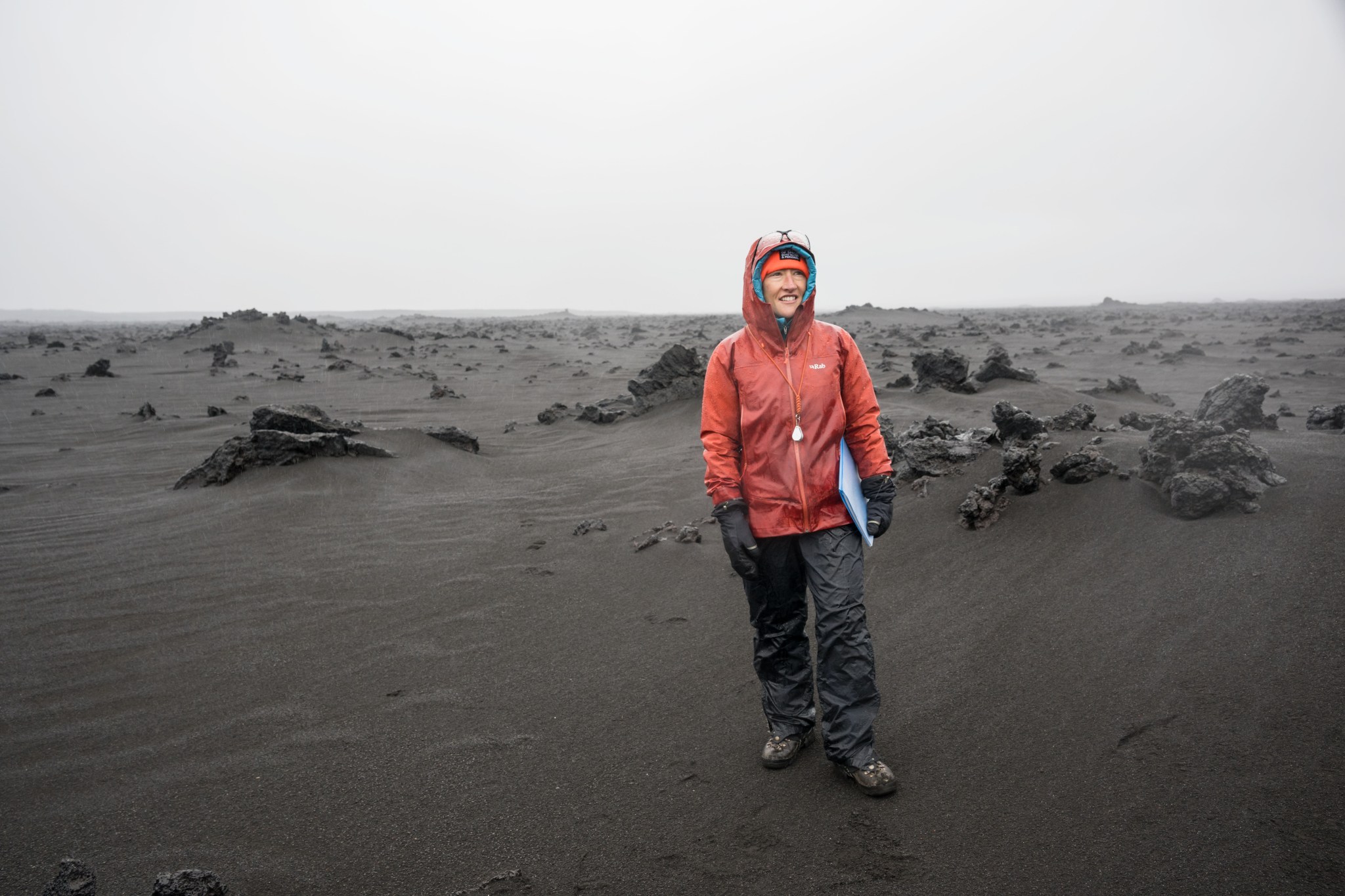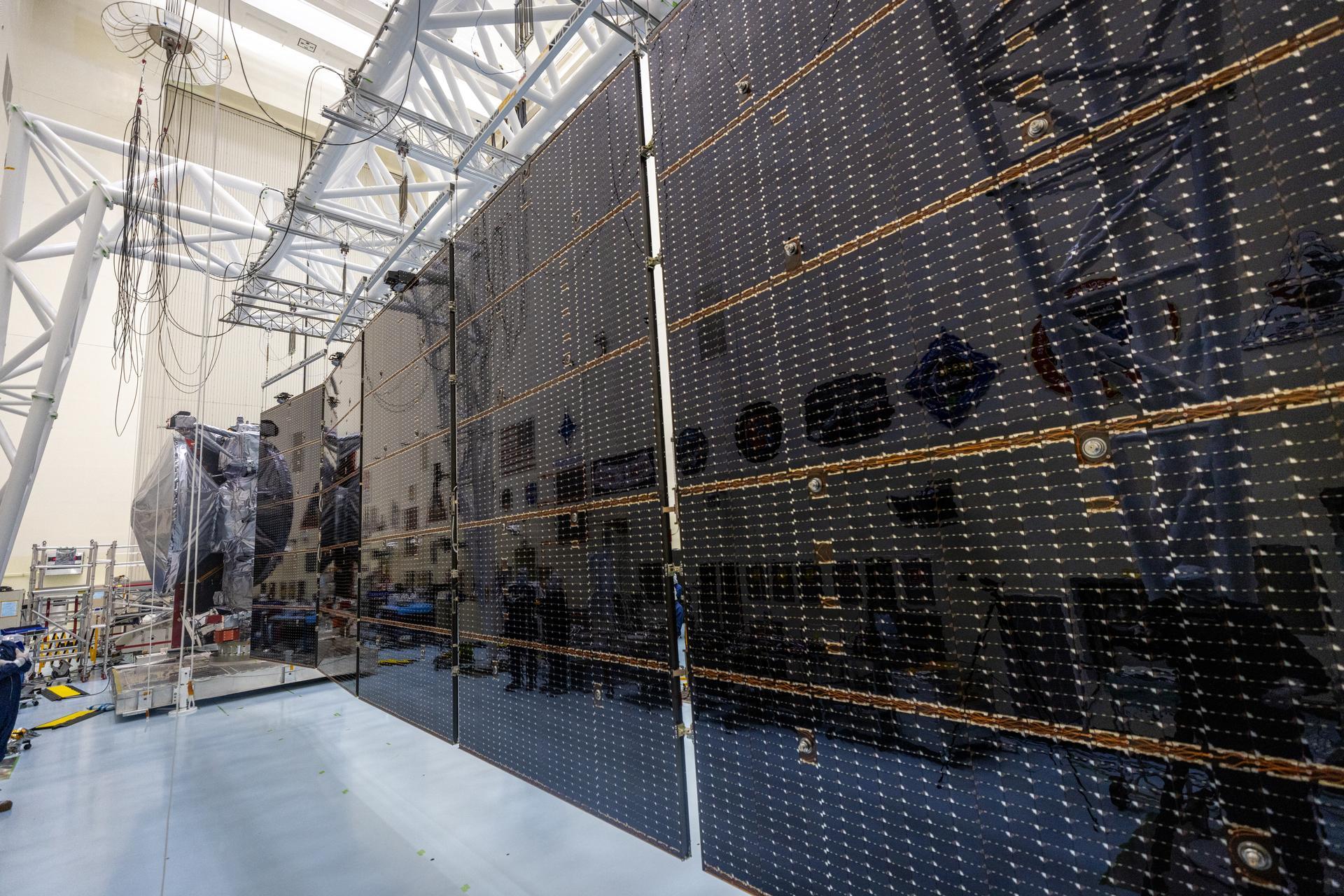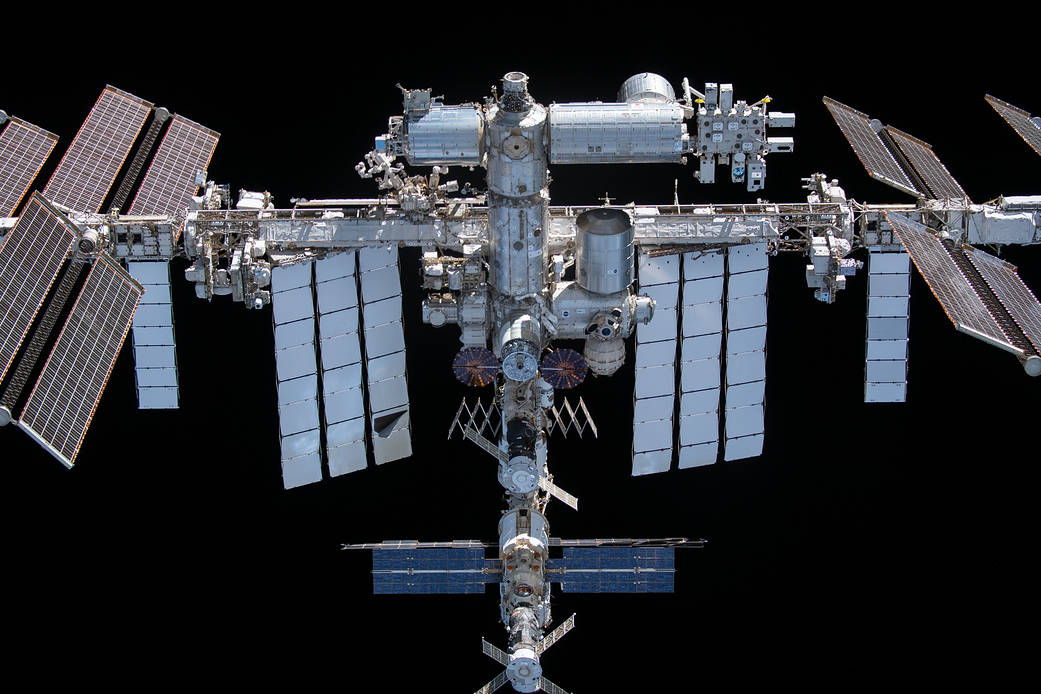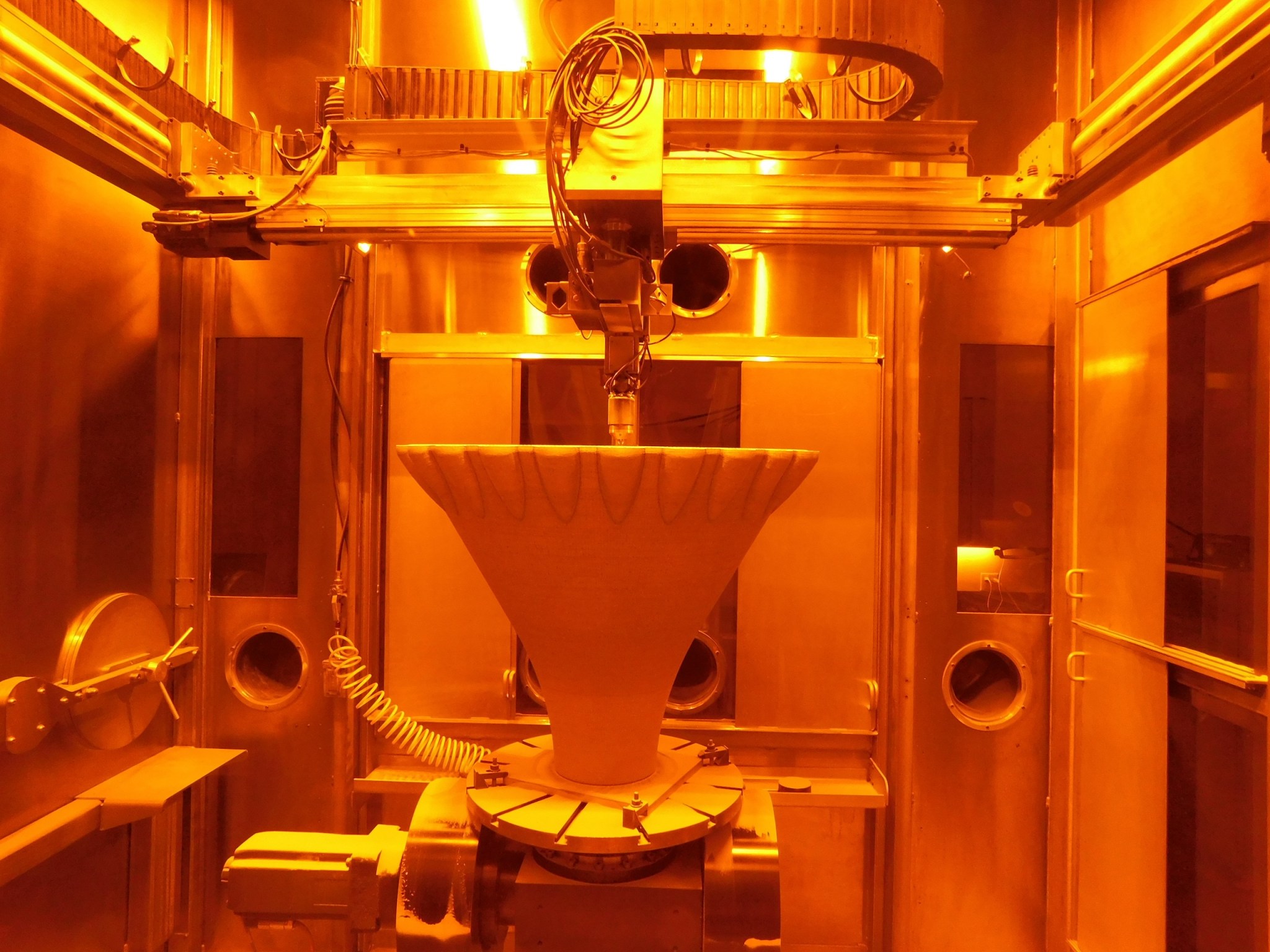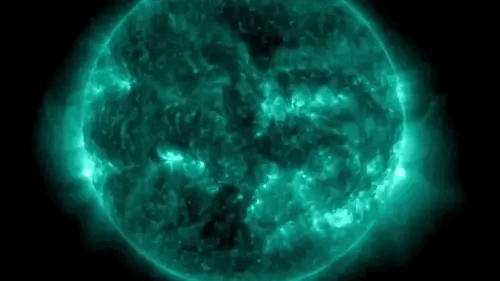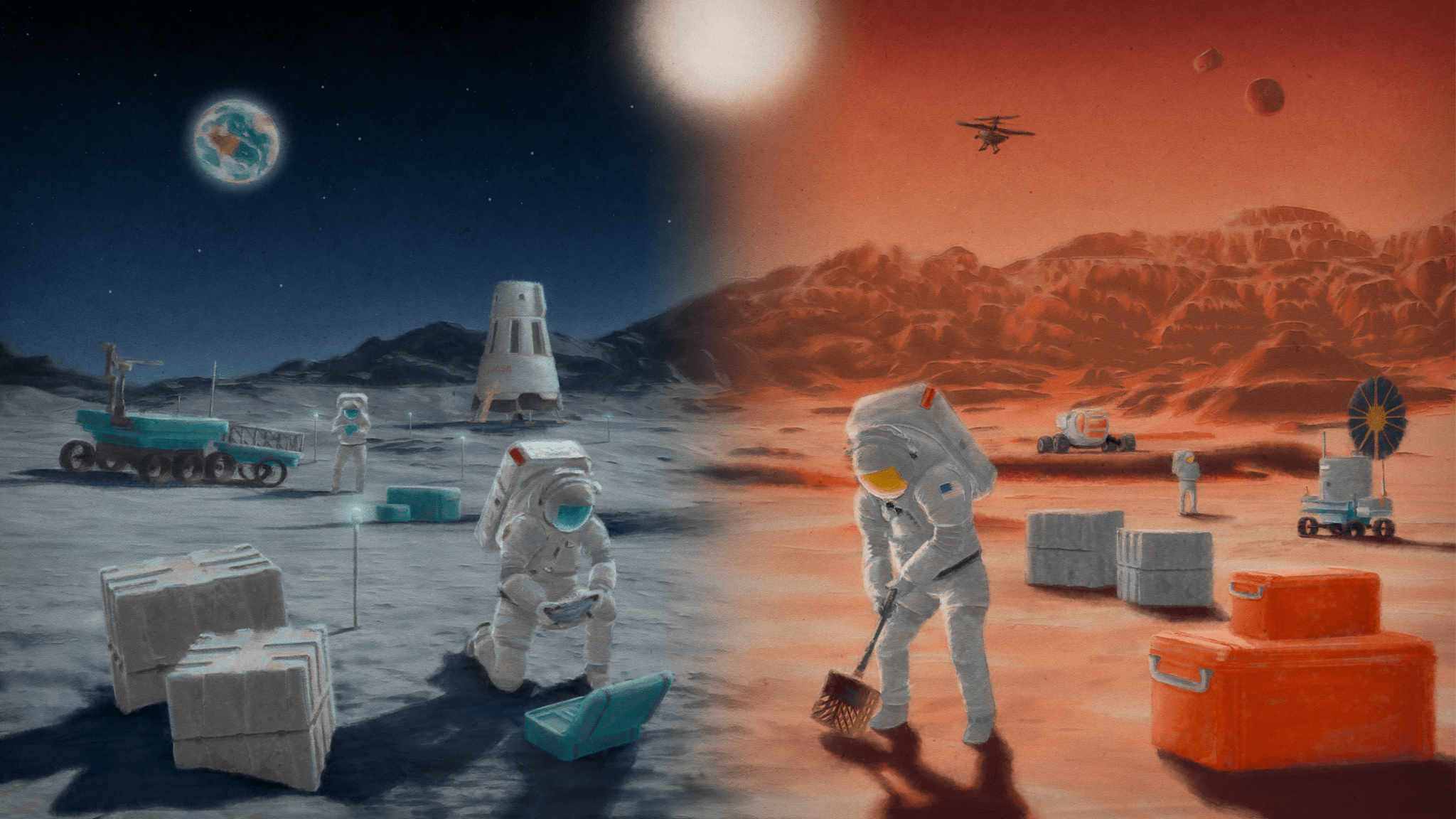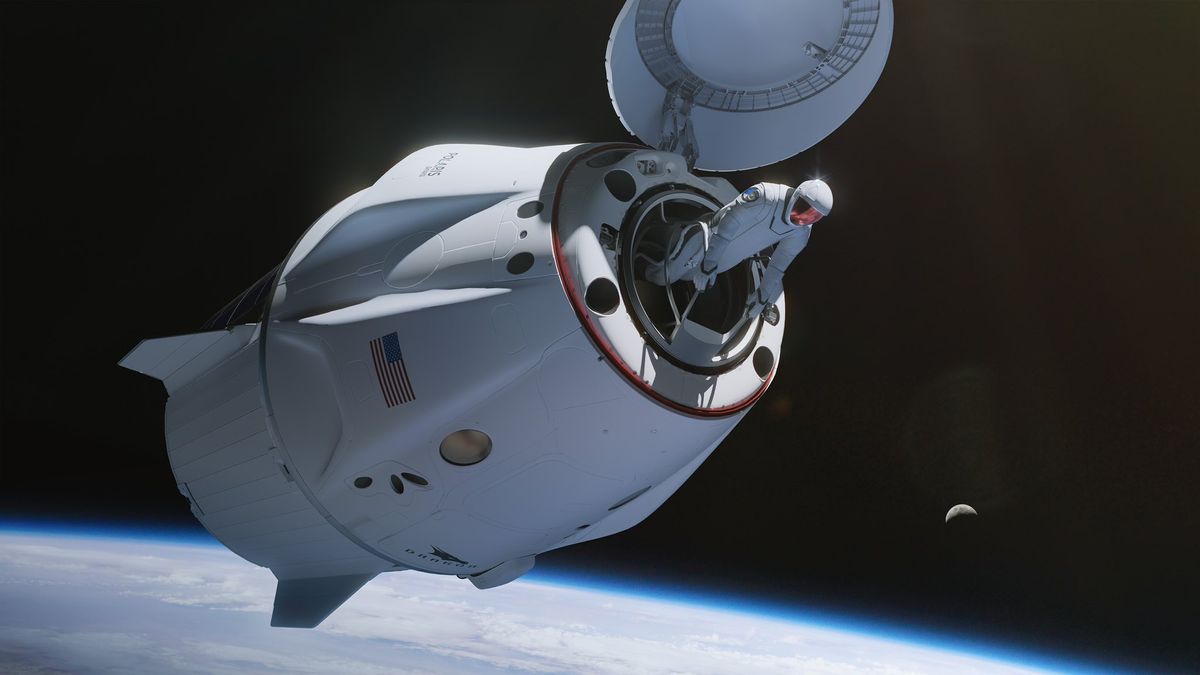4 Min Read NASA’s Artemis II Crew Uses Iceland Terrain for Lunar Training Credits: NASA/Trevor Graff/Robert Markowitz Black and gray sediment stretches as far as the eye can see. Boulders sit on top of ground devoid of vegetation. Humans appear almost miniature in scale against a swath of shadowy mountains. At first glance, it seems a perfect scene from an excursion on the Moon’s surface … except the people are in hiking gear, not spacesuits. Iceland has served as a lunar stand-in for training NASA astronauts since the days of…
Read MoreMonth: September 2024
Hubble Examines a Spiral Star Factory
Hubble Space Telescope Home Hubble Examines a Spiral Star… Missions Hubble Home Overview About Hubble The History of Hubble Hubble Timeline Why Have a Telescope in Space? Hubble by the Numbers At the Museum FAQs Impact & Benefits Hubble’s Impact & Benefits Science Impacts Cultural Impact Technology Benefits Impact on Human Spaceflight Astro Community Impacts Science Hubble Science Science Themes Science Highlights Science Behind Discoveries Hubble’s Partners in Science Universe Uncovered Explore the Night Sky Observatory Hubble Observatory Hubble Design Mission Operations Missions to Hubble Hubble vs Webb Team Hubble…
Read MoreSpaceX’s Starship won’t be licensed to fly again until late November, FAA says
SpaceX’s Starship will be grounded for a while longer yet. Starship — the biggest and most powerful rocket ever built — flew for the fourth time in June, and SpaceX has been gearing up for flight number five ever since. But that test mission is probably still at least 2.5 months away, according to the U.S. Federal Aviation Administration (FAA). “SpaceX must meet all safety, environmental and other licensing requirements prior to FAA launch authorization,” agency officials said in an emailed statement to Space.com on Wednesday (Sept. 11). “A final license…
Read MoreTesting Europa Clipper’s Solar Arrays
NASA/Frank Michaux On Aug. 21, 2024, engineers and technicians deployed and tested NASA’s Europa Clipper giant solar arrays. Each array measures about 46.5 feet (14.2 meters) long and about 13.5 feet (4.1 meters) high. Europa Clipper is scheduled to launch Oct. 10, 2024, on the first mission to conduct a detailed science investigation of Jupiter’s moon Europa. Scientists predict Europa has a salty ocean beneath its icy crust that could hold the building blocks necessary to sustain life. Learn how this spacecraft’s solar arrays will power flybys. Image credit: NASA/Frank…
Read MoreNASA’s SpaceX Crew-9 to Conduct Space Station Research
The International Space Station is pictured from the SpaceX Crew Dragon Endeavour during a fly around. NASA NASA astronaut Nick Hague and Roscosmos cosmonaut Aleksandr Gorbunov are headed to the International Space Station for the agency’s SpaceX Crew-9 mission in September. Once on station, these crew members will support scientific investigations that include studies of blood clotting, effects of moisture on plants grown in space, and vision changes in astronauts. Here are details on some of the work scheduled during the Crew-9 expedition: Blood cell development in space Megakaryocytes Orbiting…
Read MorePrinted Engines Propel the Next Industrial Revolution
2 min read Preparations for Next Moonwalk Simulations Underway (and Underwater) A laser powder directed energy deposition (LP-DED) 3D printer at RPM Innovations’ facility additively manufactures a large-scale aerospike rocket engine nozzle from one of Elementum 3D’s specialized, 3D-printable aluminum alloys. RPM Innovations Inc. In the fall of 2023, NASA hot fire tested an aluminum 3D printed rocket engine nozzle. Aluminum is not typically used for 3D printing because the process causes it to crack, and its low melting point makes it a challenging material for rocket engines. Yet the…
Read MoreSun fires off X-class solar flare, increasing aurora viewing chances into weekend
A parade of solar activity continues to flow from the sun this week, opening up more chances to spot the aurora across the United States this weekend. On Thursday morning (Sept. 12), a sunspot region that has not been numbered yet made its presence known blasting off a X1.3 class solar flare. X-class solar flares are the most powerful of their kind, and are typically followed by a full or partial loss of high frequency (HF) radio signals for sunlit locations on our planet. The energetic eruption, which peaked at…
Read MoreSpaceX’s private Polaris Dawn astronauts talk US flag and kids’ books from orbit on historic spaceflight (videos)
The private Polaris Dawn crew called home from space to share their historic mission with two nonprofit organizations close to their hearts. Polaris Dawn, funded and commanded by billionaire entrepreneur Jared Isaacman, lifted off early Tuesday morning (Sept. 10) and has since accomplished the first commercial spacewalk and the highest orbit of a crewed vehicle since the Apollo years. But Isaacman and his crew also are supporting nonprofits through fundraising and public events to raise awareness. As an example, the four astronauts unveiled the U.S. flag in their SpaceX Crew…
Read MoreNASA Moon to Mars Architecture Art Challenge
This image — developed by a team of artists from the Advanced Concepts Lab at NASA’s Langley Research Center — features astronauts performing science on the surface of the Moon and Mars. The team developed the image with a blend of digital 2D illustration and 3D techniques to mimic a retro science fiction painting. Credit: NASA NASA wants you to visualize the future of space exploration! This art challenge is looking for creative, artistic images to represent NASA’s Moon to Mars Architecture, the agency’s roadmap for crewed exploration of deep…
Read MoreWatch SpaceX Polaris Dawn astronauts conduct 1st private spacewalk early Sept. 12
The first-ever private spacewalk will happen early Thursday morning (Sept. 12), and you can watch the historic action live. The pioneering extravehicular activity (EVA) will be conducted by Jared Isaacman and Sarah Gillis, two members of the four-person Polaris Dawn mission, which launched to Earth orbit atop a SpaceX Falcon 9 rocket early Tuesday morning (Sept. 10). The spacewalk is expected to start at 2:23 a.m. EDT (0623 GMT), according to SpaceX. You can watch it live here at Space.com or directly via the company. Coverage will begin around 1:20…
Read More